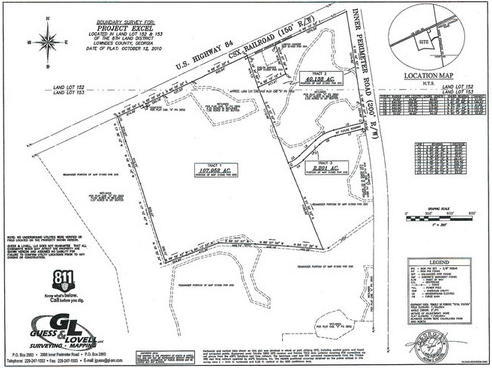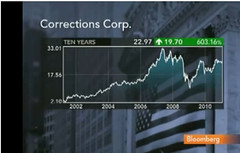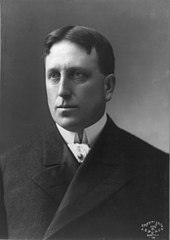That agreement includes this legal boilerplate:
There’s nothing in there that says VLCIA can’t even say in their board meetings that Project Excel is a private prison for CCA. And outside board meetings, some board members have no reluctance to acknowledge that.it will use any confidential, proprietary, or trade secret information to which it has access solely for the purpose set forth herein and that it will indefinitely protect the confidentiality of such information and will not directly or indirectly disclose, reproduce, distribute, transmit or transfer by any means in any form any confidential documents, information and/or trade secrets that AUTHORITY may have or acquire during the Evaluation Period.
Confidentiality agreements like that are normal between two business entities. They seem a little odd between a business entity and a governmental agency. For example, that Agreement continues:
For purposes of this Agreement, “confidential, proprietary, or trade secret information” includes, but is not limited to, marketing materials, conceptual site drawings and images, form contract agreements, the identities of business contacts and the relationships developed with such contacts during the Evaluation Period, proposed terms of purchase and sale, if any….Yet many of those things are by their nature public records that VLCIA is required to hand over in response to an open records request, such as the one Matt Flumerfelt made which produced documents such as these: Continue reading










